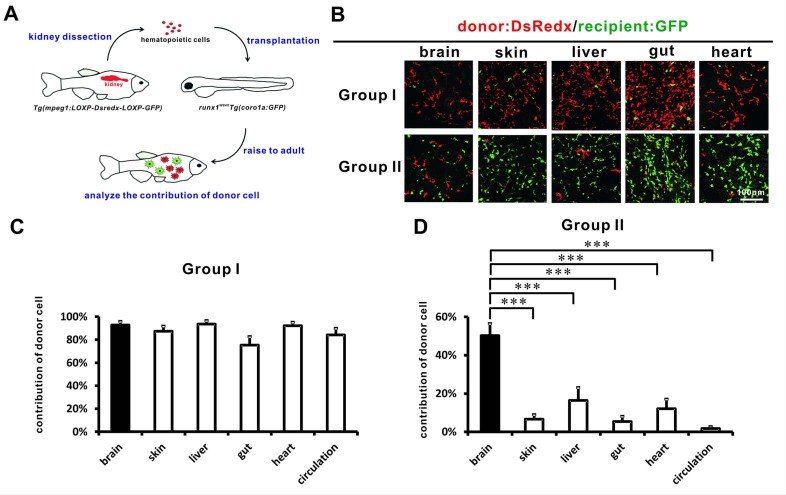Figure 6. Adult tissue-resident macrophages are largely associated with HSCs during transplantation.
(A) A schematic view of the cell transplantation experiment. Hematopoietic cells collected from the whole kidney marrow of adult Tg(mpeg1:loxP-DsRedx-loxP-eGFP) fish are transplanted into the circulation of 2 dpf Tg(coro1a:eGFP);runx1W84X embryos. The recipients are raised to adulthood for analysis. (B) Donor Dsredx+ cells were predominant in the brain, skin, liver, gut, and heart of Group I fish. In Group II fish, donor cells were only significant in the brain but not in other tissues. (C) Quantification of the relative contribution of donor DsRedx+ cells versus total fluorescent cells (Dsredx+ and GFP+) in brain, skin, liver, gut, heart, and circulation in Group I fish (n = 8 for brain, skin, liver, gut, and circulation; n = 7 for heart). Error bars represent mean SEM. Donor DsRedx+ cells were predominant in all tissues and in circulation of Group I fish. (D) Quantification of the relative contribution of donor cells (Dsredx+) versus total fluorescent cells (Dsredx+ and GFP+) in brain, skin, liver, gut, heart, and circulation in Group II fish (n = 16 for brain, skin and circulation; n = 15 for liver and gut; n = 14 for heart). Error bars represent mean SEM. ***p<0.001. In Group II fish, although donor cells were significant in the brain, they were drastically decreased in other tissues.

